By Julie Vrazel
Even the best laid plans can go horribly wrong.
Nine months ago, my farmer fiancé and I bred our first-calf heifers to calving-ease bulls, which means we expected all of the calves to have low birth weights.
But that wasn’t the case Sunday afternoon as one of our heifers went into labor. We kept an eye on her, but stayed out of her way to let her natural mothering instincts come through.
When she was still unable to calve on her own, we took her to the veterinarian, who performed a cesarean (c-section). Three hours later and a crew of veterinarians and technicians, the calf was delivered stillborn.
We did all we could to ensure a successful birth, but this was just one of those times when you realize you only have so much control. The rest is simply left up to Mother Nature.
And the same goes for other farmers–corn, cotton, wheat, soybeans, etc.
Each year, they prepare the ground and plant their crop. They fertilize and monitor the growth. But their crops also are subject to Mother Nature’s wrath. Drought, hail storms, late freezes–like the one this week–can ruin a crop and a farmers’ livelihood.
You win some. You lose some. Farming and ranching involves many risks, but the end product results in feeding a nation. It’s worth the effort.

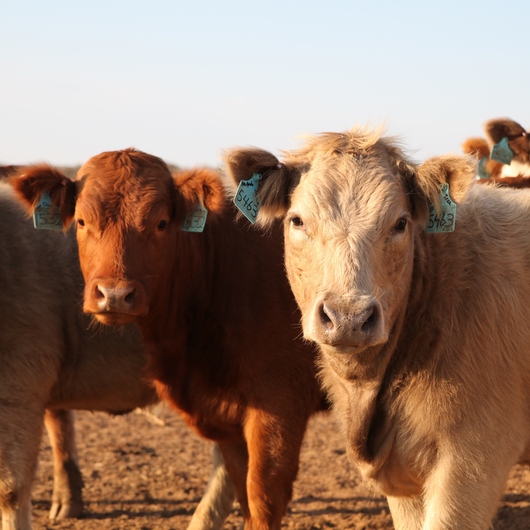
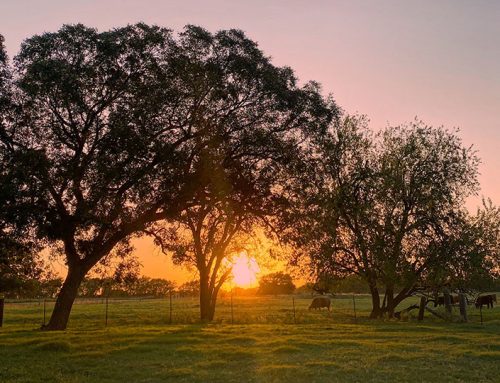
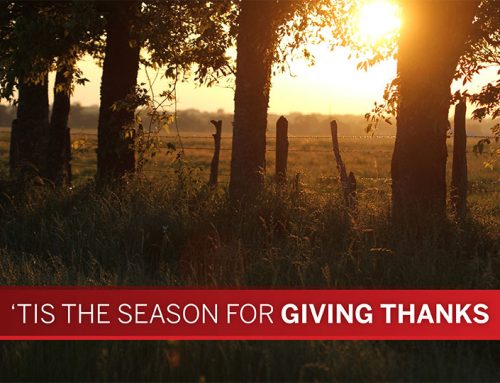
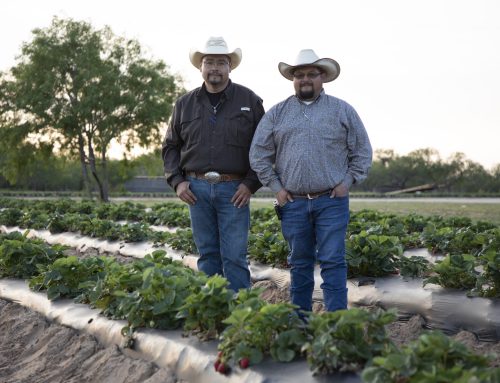
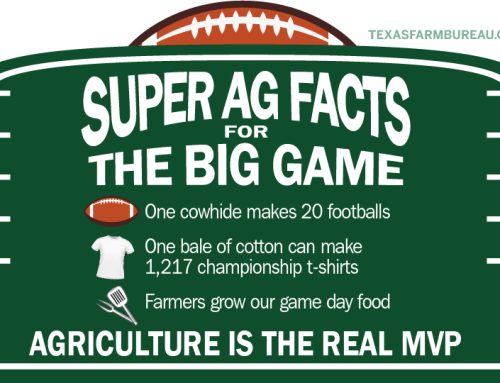
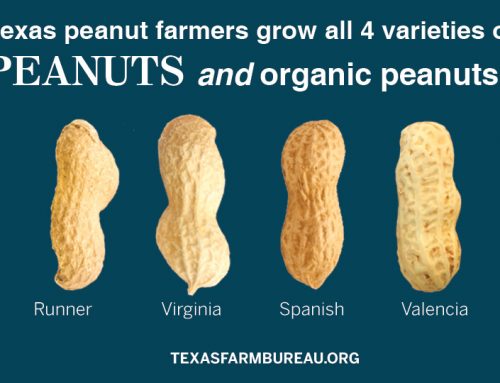




Leave A Comment